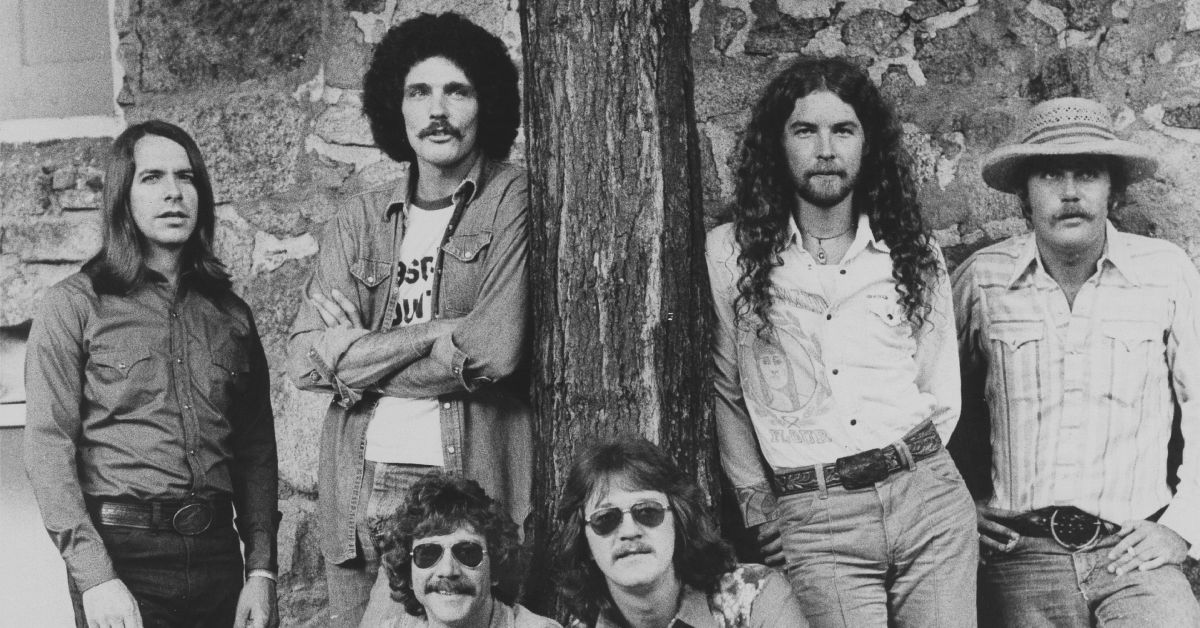

Pure Prairie League continues to embellish the rich history of one of Country-Rock’s pioneering forces for over 50 years.
#Pure prairie league plus
As a result of their heavy schedule, particularly at colleges, their songs became well known "Amie" (Craig Fuller’s ode to an on-again/off-again relationship), from the second album, became a particular favorite.From their beginnings in mid-60’s Southern Ohio as a group of friends playing cover tunes to the present-day unit featuring founding member/innovative pedal steel guitarist John David Call, propulsive drummer/vocalist Scott Thompson, keyboard master/vocalist Randy Harper and featuring new members Jared Camic on bass and vocals, plus ace guitarist/vocalist Jeff Zona, hit the road and began playing gigs constantly, mostly in the Northeast, Midwest and Southeast. Goshorn played in a popular Ohio band called Sacred Mushroom. Reilly took over as the band's leader and brought in his friend Larry Goshorn (vocals, guitars) to replace Fuller in November 1973.
#Pure prairie league full
He was eventually given a full pardon by President Gerald Ford. requirements and was not inclined to rejoin at that juncture. Fuller, though out of prison by now, was working the late shift in a community hospital to satisfy his C.O. At this point, RCA dropped the band and their future looked bleak.īy August 1973, the band members were in Cincinnati and managed to persuade Call to return. Before conscientious objector (C.O.) status could be arranged, he was sentenced to six months in jail and forced to leave P.P.L.
#Pure prairie league trial
Shortly afterwards, the group returned to Ohio and Fuller had to face trial in Kentucky. Bustin' Out was released in October 1972. Michael Reilly, who would become the longtime bass player and front man for the band, joined them in early September 1972, after the record's completion. Mick Ronson, of David Bowie and Mott the Hoople fame, contributed string arrangements on several tracks, most notably "Boulder Skies" and "Call Me Tell Me". Hinds' friend, Michael Connor, contributed piano to the sessions and would become a regular in the Pure Prairie League line-up for years to come. The second album, Bustin' Out, was produced, as was their debut, by Bob Ringe and featured the trio of Fuller, Powell and William Frank "Billy" Hinds (drums, percussion). New York City was where the first album was recorded and Call, Caughlan and Lanham were not agreeable to this move they decided to leave. Fuller felt safer there since he was facing charges of draft evasion. recording thereafter!Īfter releasing their debut album in March 1972, and a nationwide tour, the band decided to relocate to a horse farm north of Toronto (Canada) for the summer of 1972. The painting originally appeared in the Saturday Evening Post magazine "Luke" would feature on the cover of every P.P.L. Their eponymous first album featured a Norman Rockwell oil painting of an old cowboy named "Luke". He then placed Pure Prairie League as an opening act with many of the concerts he was producing. Abramson was able to obtain a recording contract with RCA. Adams, Cincinnati, and immediately signed the band to management. Abramson went to New Dilly's, a nightclub in Mt. Pure Prairie League was looking for national artist management when they made contact with well-known, rock and roll promoter Roger Abramson.

Jim Lanham replaced Stokes who left at the same time to rehearse with McGrail and Bill Bartlett (Lemon Pipers, Beechwood Farm, Ramjam fame). Jim Caughlan, who played guitar with Fuller, Call and McGrail in earlier bands, took over on drums when McGrail quit the band in 1971, just before their first album was recorded. His steel guitar improved the country songs and sparked guitar duels with Fuller that contributed to the country rock signature sound of the band. lineup was Fuller, McGrail, Powell, Phil Stokes on bass, and Robin Suskind on guitar and mandola, with steel guitar player John David Call joining the band later that year. The first Pure Prairie League recording was a George Ed Powell-penned composition, "(Break Me) Down to Pieces" with Powell (acoustic guitar and vocals), Fuller (lead guitar and vocals), McGrail (drums), Kenny May (bass) and David Workman (pedal steel guitar). Blackfoot and Little Feat), McGrail, Caughlan and Call played together 'on and off' since high school. Although the band has its roots in Waverly, Ohio, it was actually formed in Columbus, and had its first success in Cincinnati.


 0 kommentar(er)
0 kommentar(er)
